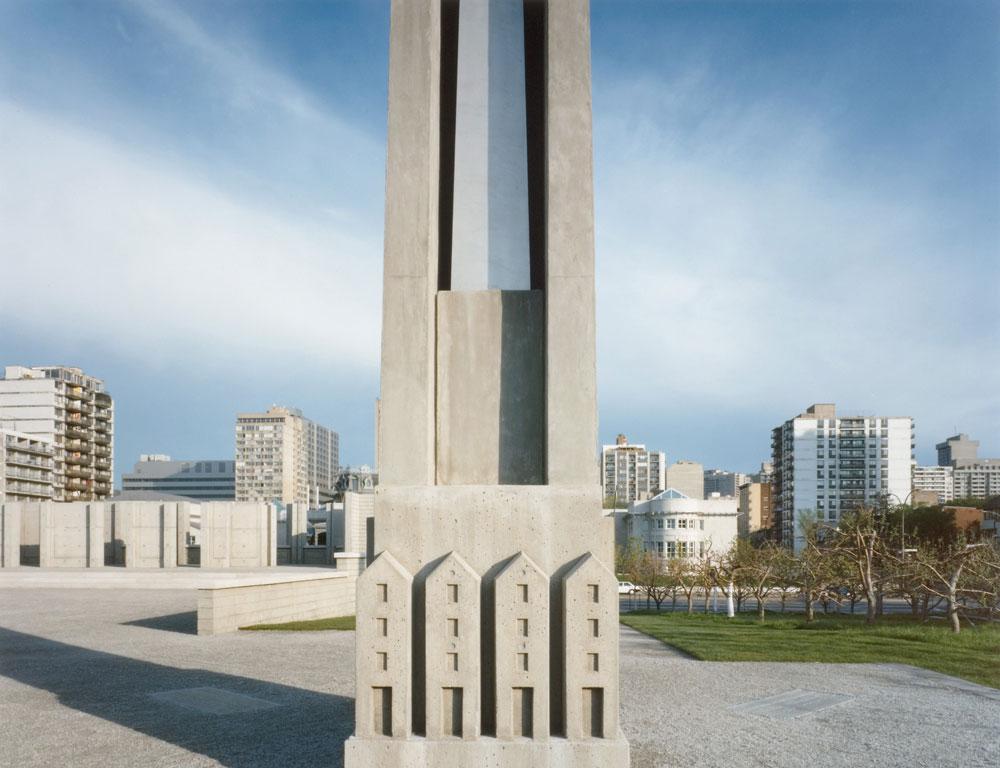Many in the Canadian art community were saddened this week by the passing of Melvin Charney, who was known for trying to integrate the worlds of art and architecture.
As long-time friend and collaborator Phyllis Lambert articulated in a statement released today by the Canadian Centre for Architecture, “Charney occupied a prominent place in contemporary art and architecture as a vibrant fusion of disciplines that encapsulates the essence of the urban environment. Encompassing a vast territory both physically and philosophically, his contribution was especially appreciated in France.”
Born in Montreal in 1935, Charney studied architecture at McGill and Yale University before moving to work in Paris in New York in 1961. Appointed associate professor in the architecture department at the Université de Montréal in 1966, he taught for many years and authored several notable studies in urban design.
Charney’s work came to international attention in 1970 following his proposal for the Canadian pavilion at the Osaka World Fair. Though the proposal was not accepted, it was widely acclaimed. He went on to create photo-based paintings and co-organize “Corridart,” a massive, though controversial, public art exhibition related to the 1976 Olympics, among other achievements.
Honours for Charney included representing Canada at the Venice Biennale for art in 1986 and the Venice Biennale for architecture in 2000. His well-known public works in Canada include the CCA sculpture garden in Montreal and the Canadian Human Rights Monument in Ottawa.
In an interview with Christine Redfern in the Winter 2001 issue of Canadian Art, Charney explained one of his photographic-based bodies of work as follows: “I always had this idea that most people don’t go look at famous buildings around the world, they look at them in photographs. So rather than bother building them and looking for clients and spending all my life doing that, what I’ve done is to find sites around the world and put my buildings in there by manipulating images. It is a kind of a reverse process, but it is much closer to an art process. Most architects look at a site, draw it up, build something and take a picture of it. I take my photographs first and then build what I see in the photographs.”
According to the Montreal Gazette, Charney is survived by his wife, the acclaimed writer Ann Charney, his daughter Dara, son-in-law Cameron McKenzie, grandchildren Rachel and Samuel McKenzie and brothers Morris and Israel.









